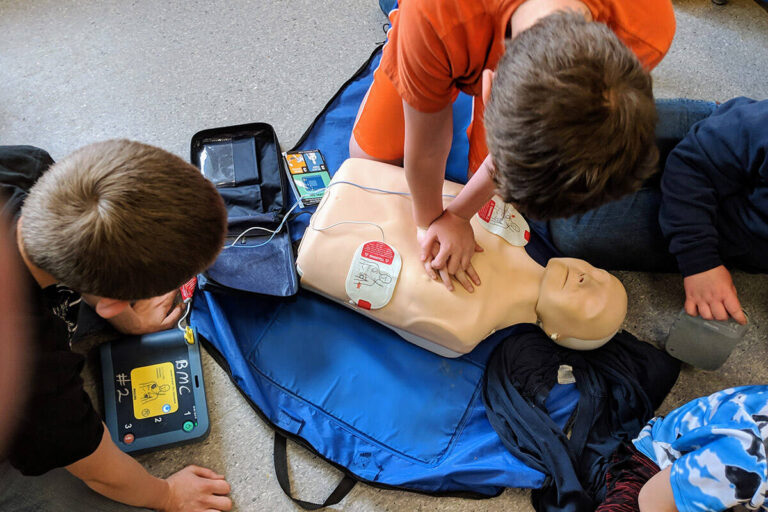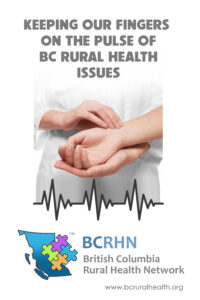Mikael Kjellstrom was drawn to community paramedicine to build relationships
Barriere community paramedic Mikael Kjellstrom highlights the importance of education and planning to prevent flare-ups of serious health conditions.
Most paramedics provide care in an emergency, which is rewarding in its own right, Kjellstrom said. However, his role as a community paramedic allows him to follow patients before and after emergencies, building relationships for the long-run.
“I felt like I would like to meet people beforehand and see if we can prevent things from happening,” he said. “That is part of community paramedicine, is visiting clients that have these chronic diseases and educate them on these diseases so they can self-manage. So they can reduce the amount of flare-ups and understand their medications. That part I really like.”
Even when Kjellstrom is on-call for emergency paramedicine, his community paramedic training is also useful, he noted. He can discuss creating a care-plan with a client after addressing the immediate emergency.
In his role, he works with other local medical professionals to fill the gaps in the community.
Home visits from a community paramedic are referred by doctors, but Kjellestrom also makes himself available on a drop-in basis during his vitals clinic hours at the Barriere & District Senior Drop in Centre on Tuesday afternoons.
At the pop-up clinic, he can check the vitals of clients and answer their questions. He chats with people who swing by to discuss health conditions such as chronic obstructive pulmonary disease, also known as COPD. He also shows people how to use their medical devices, such as blood glucose readers.
He also runs a monthly COPD support group, which makes a setting to chat about the different stages of the condition people are experiencing.
Kjellstrom said it is important for people who do CPR to also be educated about automatic external defibrillators also known as an AED machine.
If someone is having a cardiac arrest, the AED machine’s stickers can be placed on to the person’s chest. This machine will shock a person experiencing cardiac arrest if, and only if, it senses there is a shockable rhythm. The machine can walk someone through how to use it safely by providing audio instructions.
“A lot of places have AEDs now: high schools, some employers, the seniors centre. It is important everyone learns about it,” he said. “Without the AED the likelihood of survival decreases significantly. This is not something difficult, it is something easy.”
Kjellstrom first made a home in Barriere after he moved from Sweden nearly three decades ago.





